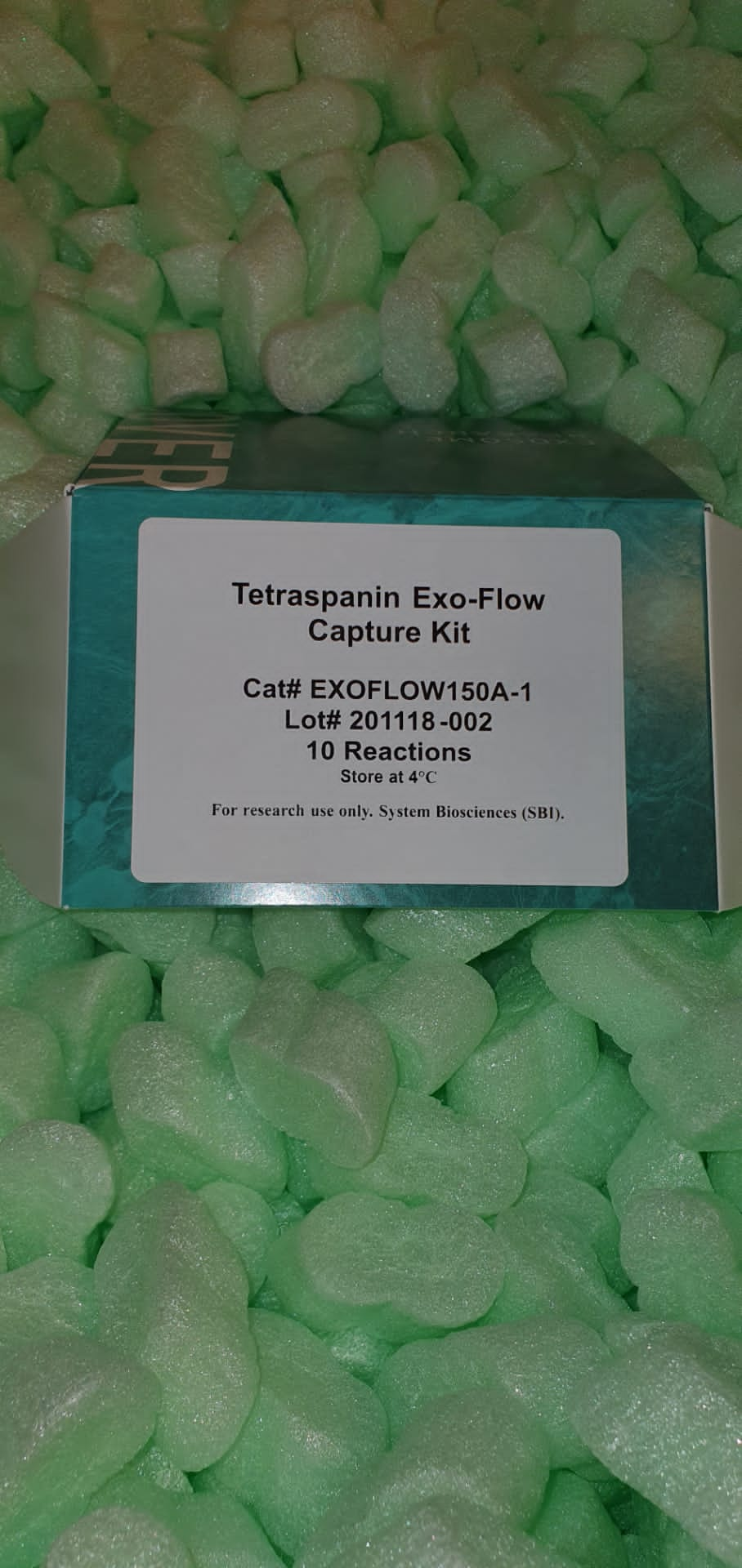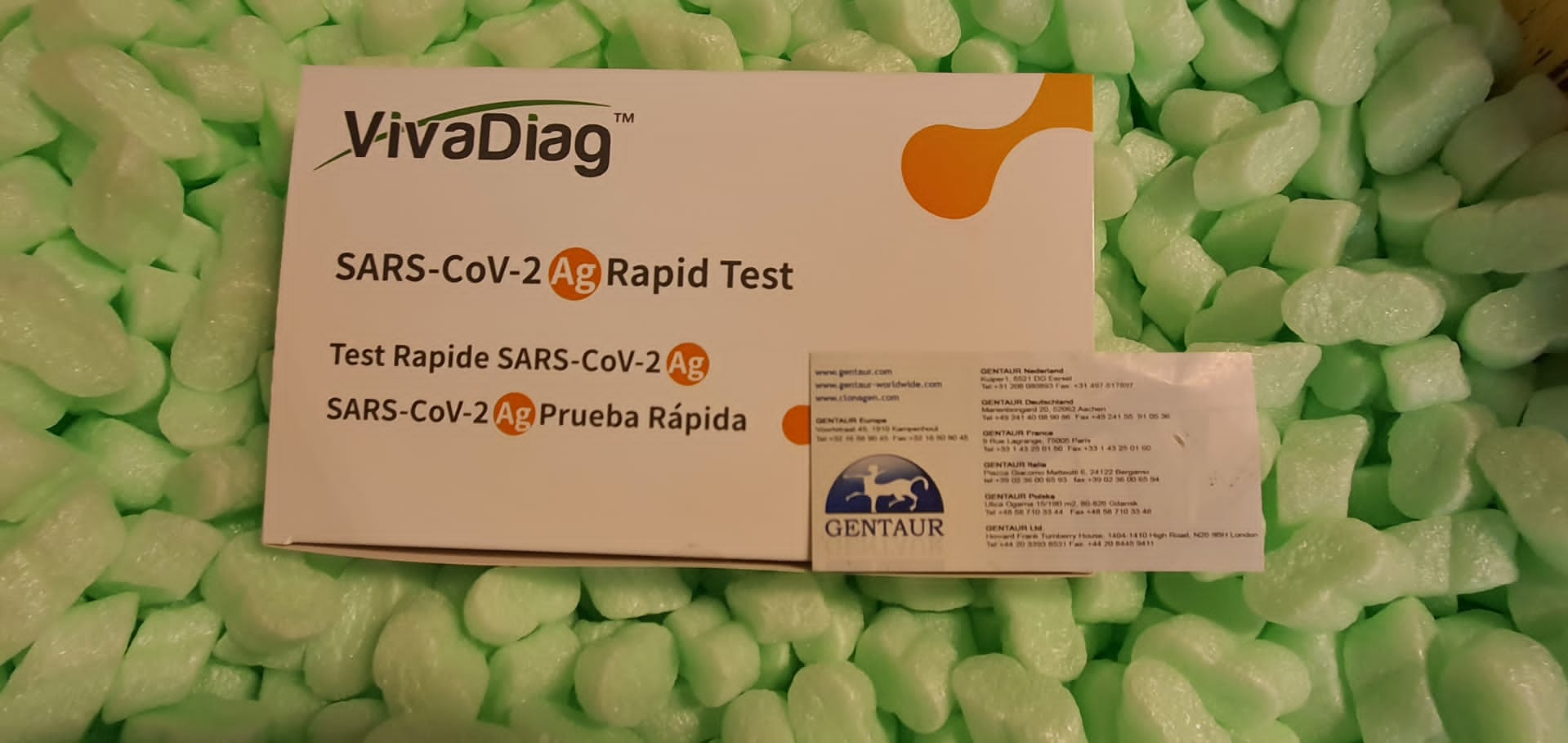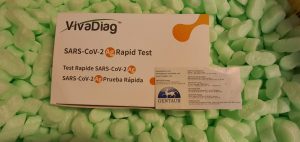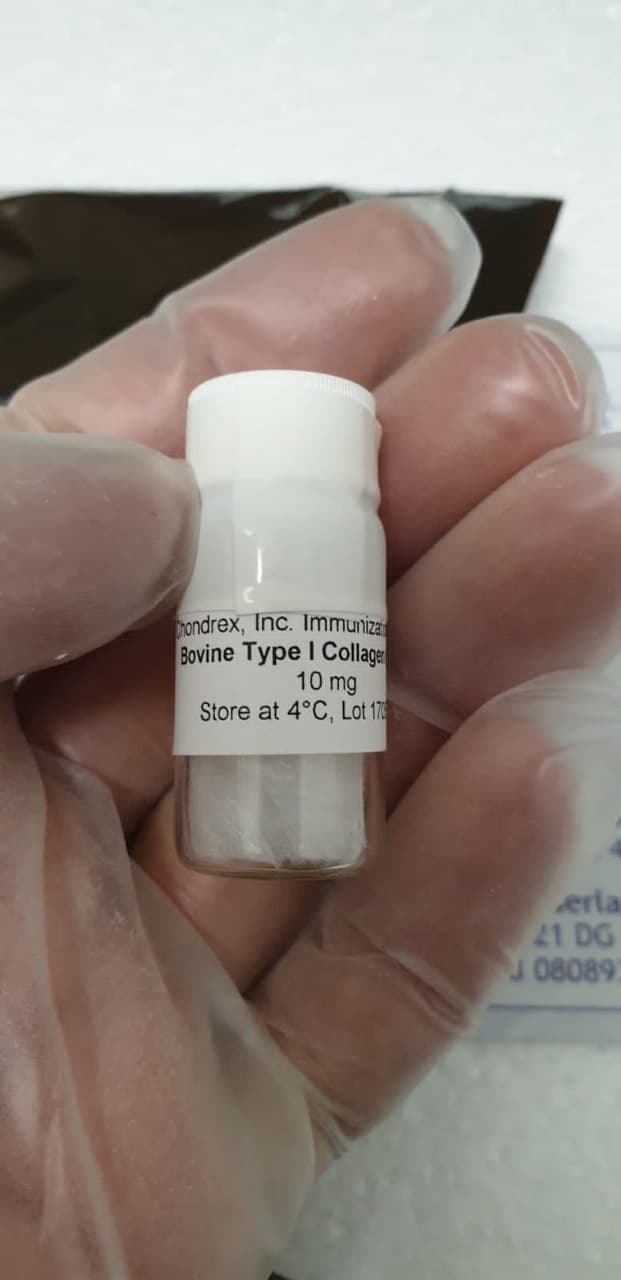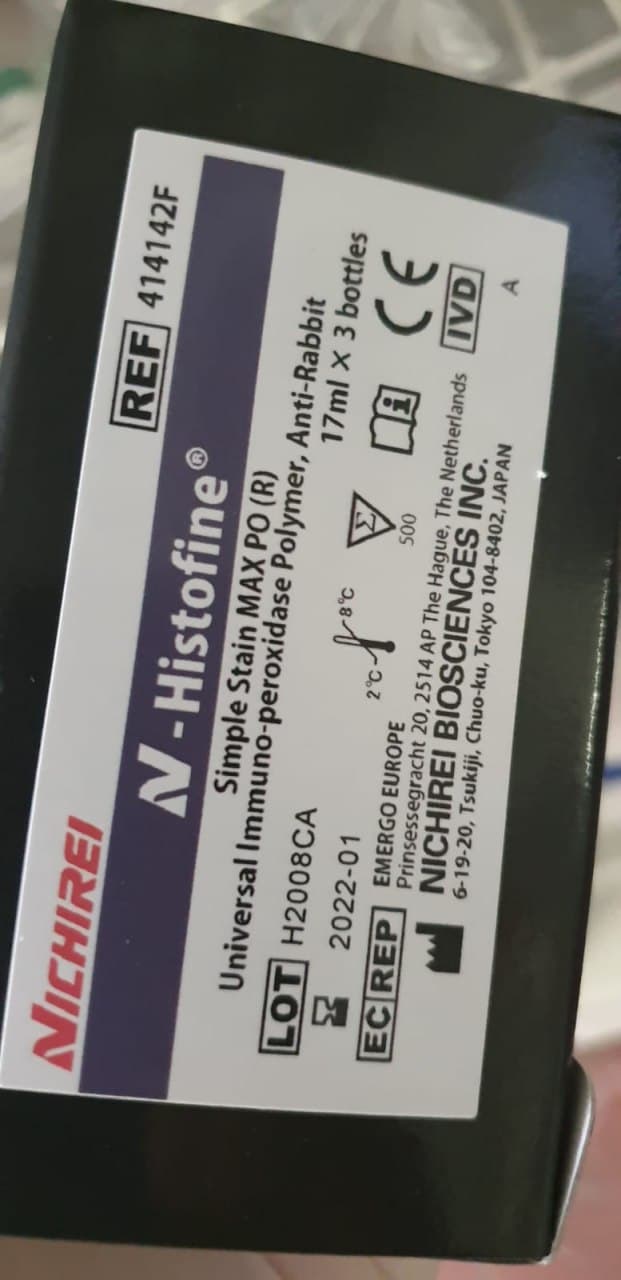Evaluation of in vivo potencies performs an necessary function in drug discovery. Traditionally, the mobile exercise and p.c of plasma protein binding of a take a look at agent are evaluated individually, with the plasma protein binding-adjusted mobile efficiency computation used to estimate in vivo efficiency. This course of is expensive, takes weeks to finish, and is more and more unreliable for compounds that bind extensively to plasma proteins. The expression of PD-L1 was considerably elevated on LDGs. Pretreatment of LDGs with anti-PD-L1 antibody considerably counteracted the influence of LDGs on T-SPOT. Treatment of PBMCs with anti-PD-L1 antibody resulted in comparable ISCs with that of LDG removing.
Described in this text is an easy, high-throughput human plasma in-cell Western (ICW) assay that instantly incorporates plasma protein binding right into a mobile pharmacodynamic assay to supply a speedy and correct estimate of in vivo potencies. The assay is flexible and will be readily employed for numerous targets that require quick therapy intervals for displaying maximal organic responses. © 2021 Wiley Periodicals LLC. Basic Protocol: Concentration-dependent human plasma ICW assay to find out take a look at compound IC50 in opposition to the goal of curiosity.
The correlations between the frequencies of LDGs and the outcomes of T-SPOT have been analyzed. T-SPOT with LDG-removed PBMCs and PBMCs with exogenous addition of LDGs have been carried out. The attainable mechanism was explored by detecting the degrees of destructive immune regulatory molecules on LDGs. The influence of programmed loss of life ligand 1 (PD-L1) on T-SPOT was evaluated and confirmed by operate blocking with neutralizing antibody. The optimistic charges of T-SPOT and ISCs in tuberculosis sufferers with low LDGs frequency (n = 22) have been considerably larger than these with excessive LDGs frequency (n = 39). Removal or exogenous addition of LDGs considerably elevated or decreased the ISCs and the optimistic fee of T-SPOT. The frequencies of interferon-γ-producing T cells have been negatively correlated with the frequencies of LDGs.
Analytical and medical efficiency of molecular assay utilized by the Brazilian public laboratory community to detect and discriminate Zika, Dengue and Chikungunya viruses in blood
In response to the Zika epidemics in Brazil, the ZDC molecular assay (Bio-Manguinhos) was developed and registered on the Brazilian Regulatory Agency of Health Surveillance – ANVISA. The circulation of Zika (ZIKV) Dengue (DENV) and Chikungunya (CHIKV) viruses and their medical similarities are challenges to appropriately diagnose these viruses. The simultaneous detection of ZIKV, DENV and CHIKV is a crucial software for analysis and surveillance. Here, we current the analytical and medical efficiency analysis of ZDC molecular assay (Bio-Manguinhos) on the public well being laboratories three years after its registration at ANVISA.
The medical efficiency demonstrates the ZDC molecular assay (Bio-Manguinhos) has 100% sensitivity and 100% specificity to detect and discriminate ZIKV, CHIKV, and DENV from medical plasma samples. The ZDC molecular assay (Bio-Manguinhos) outcomes have been extremely reproducible and no cross-reactivity was seen throughout testing with a panel of different infectious brokers. In conclusion, the ZDC molecular assay (Bio-Manguinhos) is an correct and dependable software to observe Zika, dengue and chikungunya infections in nations like Brazil with simultaneous circulation of the three viruses.
Cell entry of the pandemic virus SARS-CoV-2 is mediated by its spike protein S. As most important antigenic determinant, S protein is in focus of assorted therapeutic methods. Besides particle-cell fusion, S mediates fusion between contaminated and uninfected cells ensuing in syncytia formation. Here we current delicate assay techniques with a excessive dynamic vary and excessive signal-to-noise ratios overlaying not solely particle-cell and cell-cell fusion, but additionally fusion-from-without (FFWO).
In FFWO, S-containing viral particles induce syncytia independently of de novo synthesis of S. Neutralizing antibodies in addition to sera from convalescent sufferers inhibited particle-cell fusion with excessive effectivity. Cell-cell fusion, in distinction, was solely reasonably inhibited regardless of requiring ranges of S protein under the detection restrict of movement cytometry and Western blot. The information point out that syncytia formation as pathological consequence throughout Covid-19 can proceed at low ranges of S protein and is probably not successfully prevented by antibodies. However, reference ranges with VerifyNow have been reported primarily for clopidogrel and there has not but been any research particularly carried out to supply the anticipated on therapy reference ranges following administration of prasugrel and ticagrelor.

Use of the VerifyNow level of care assay to evaluate the pharmacodynamic results of loading and upkeep dose regimens of prasugrel and ticagrelor
Prasugrel and ticagrelor are potent oral platelet P2Y12 inhibitors and are really useful over clopidogrel in sufferers with acute coronary syndrome (ACS). Oral platelet P2Y12 inhibitors are characterised by various levels of pharmacodynamic response profiles as assessed by quite a lot of commercially accessible assays. Because of its ease of use, speedy turnaround occasions and talent to supply outcomes particular to P2Y12 inhibitory results, VerifyNow has emerged as one of the vital generally utilized platelet operate assays.
[Linking template=”default” type=”products” search=”Nitric Oxide Colorimetric Assay Kit 200 assays” header=”2″ limit=”135″ start=”1″ showCatalogNumber=”true” showSize=”true” showSupplier=”true” showPrice=”true” showDescription=”true” showAdditionalInformation=”true” showImage=”true” showSchemaMarkup=”true” imageWidth=”” imageHeight=””]
This was a potential single heart investigation carried out in 120 sufferers with ACS who have been handled with prasugrel or ticagrelor as per normal of care. Patients who underwent percutaneous coronary interventions (PCI) have been handled with a loading dose of prasugrel (60 mg) or ticagrelor (180 mg), and sufferers who have been on upkeep remedy have been taking prasugrel (10 mg qd or 5 mg qd) or ticagrelor (90 mg bid). Platelet operate testing was carried out utilizing the VerifyNow™ PRUTest™. The total vary of PRUTest values was decrease than that noticed in research of sufferers handled with clopidogrel. The use of a upkeep dose routine had a wider vary of PRUTest values in comparison with using a loading dose for each prasugrel (1-179 vs. 2-128) and ticagrelor (1-196 vs. 1-177).

